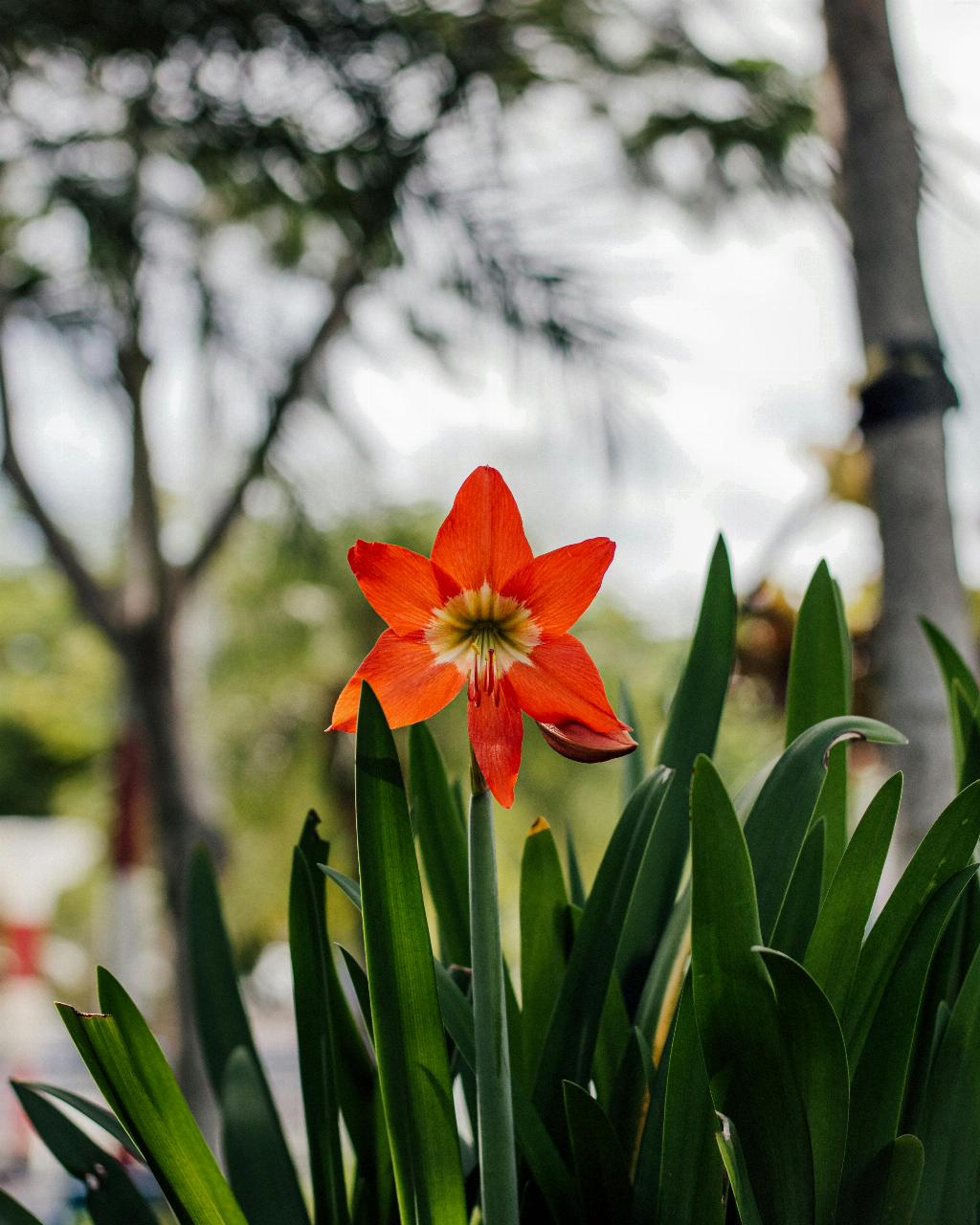Once your stunning amaryllis has finished its glorious display of blooms, it’s time to shift your focus on caring for this beautiful plant so it can thrive and potentially bloom again in the future.
One of the crucial steps to take after your amaryllis has finished blooming is to find a suitable spot for it to continue growing. Ideally, you want to place your plant in a bright indoor location, such as a window with southern exposure, to ensure it receives an adequate amount of sunlight to support its growth.
Another essential aspect of post-blooming amaryllis care is to maintain a consistent watering schedule. The soil should be kept moist but not waterlogged, as excess water can lead to root rot. Regular watering will support the plant as it transitions from the blooming phase to focusing on leaf growth.
While proper watering is crucial, providing nutrients to your amaryllis is equally important. To promote healthy growth, fertilize your plant monthly with an all-purpose houseplant or indoor plant fertilizer. Be sure to follow the instructions on the label to avoid over-fertilizing, which can harm the plant.
As your amaryllis enters its post-blooming phase, it is normal for the foliage to continue growing. This growth is essential for the plant’s overall health, as the leaves play a crucial role in photosynthesis and energy storage for the next blooming cycle.
During this period, it’s essential to keep a close eye on the leaves and overall condition of the plant. If you notice any signs of disease or pest infestation, take prompt action to address the issue and prevent it from spreading to the rest of the plant.
While your amaryllis is in its post-blooming stage, you may choose to trim back any spent flower stalks. This practice can help redirect the plant’s energy towards leaf growth and bulb development, ensuring a healthy and robust plant for future blooms.
Throughout the post-blooming period, monitor the overall health and growth of your amaryllis regularly. Adjust your care routine as needed based on the plant’s response, such as adjusting watering frequency or providing additional support in the form of stakes or ties for tall or drooping foliage.
As your amaryllis continues to grow and develop post-blooming, you may find that the plant benefits from being repotted into fresh soil. Repotting can help refresh the growing medium, provide additional nutrients, and encourage healthy root growth, all of which are essential for the plant’s long-term health.
While caring for your amaryllis post-blooming may require some effort and attention to detail, the rewards of seeing your plant thrive and potentially bloom again in the future are well worth it. By following these care tips and staying attuned to your plant’s needs, you can enjoy the beauty of your amaryllis for years to come.

